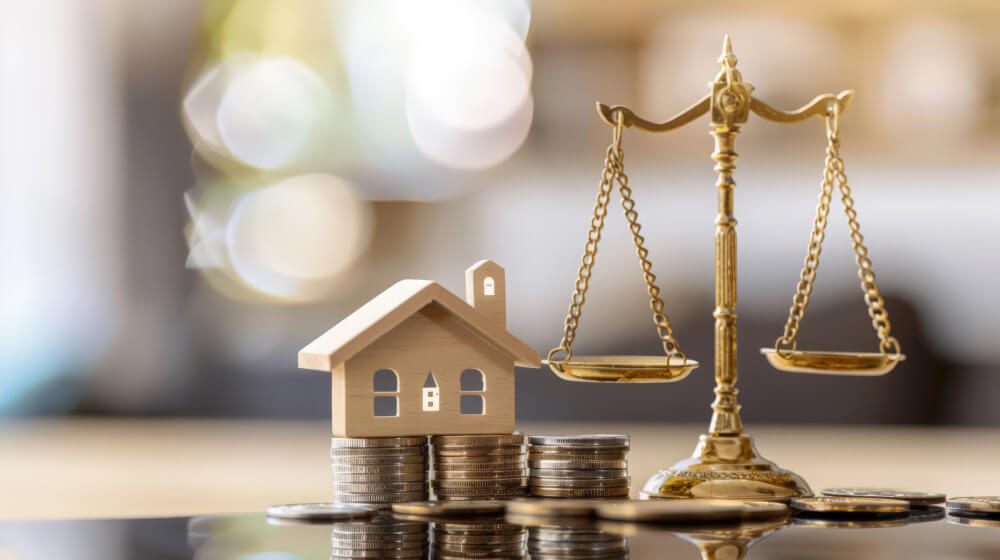1. Integration of Smart Home Technologies
Overview: Smart home technology has already begun to revolutionize the way we interact with our living spaces, and this trend is expected to accelerate over the next decade. Homeowners will increasingly demand integrated smart systems that enhance convenience, security, and energy efficiency.
Key Developments:
- AI and Machine Learning: Smart home systems will use AI and machine learning to predict and respond to homeowners’ needs, from adjusting lighting and temperature to managing security systems.
- Voice and Gesture Control: Advances in voice and gesture control will make it easier to interact with home systems without physical interfaces.
- Interconnected Devices: Seamless integration of various smart devices, such as thermostats, lighting, appliances, and security systems, into a unified, easy-to-control network.
Benefits:
- Enhanced Convenience: Streamlines everyday tasks and improves the overall living experience.
- Energy Efficiency: Optimizes energy usage, leading to lower utility bills.
- Security: Provides advanced security features, including real-time monitoring and alerts.
2. Sustainable and Eco-Friendly Renovations
Overview: Sustainability will continue to be a major focus in home renovation, driven by increasing environmental awareness and regulatory pressures. Homeowners will seek eco-friendly solutions that reduce their carbon footprint and promote a healthier living environment.
Key Developments:
- Green Building Materials: The use of sustainable materials, such as reclaimed wood, recycled metal, and eco-friendly insulation, will become more prevalent.
- Energy-Efficient Upgrades: Solar panels, energy-efficient windows, and high-performance insulation will be standard features in many renovations.
- Water Conservation: Innovations in water-saving technologies, such as greywater systems and low-flow fixtures, will help homeowners reduce water usage.
Benefits:
- Environmental Impact: Reduces the carbon footprint of homes and conserves natural resources.
- Health Benefits: Improves indoor air quality and reduces exposure to harmful chemicals.
- Cost Savings: Lowers energy and water bills over time.
Join HICP Homeowner’s Alliance
Connect with experts, get special discounts and enjoy member benefits
3. Modular and Prefabricated Construction
Overview: Modular and prefabricated construction methods offer numerous advantages, including faster build times, reduced waste, and lower costs. These methods will become increasingly popular for home renovations.
Key Developments:
- Factory-Built Modules: Prefabricated modules constructed in controlled factory environments ensure high quality and precision.
- Customizable Designs: Modular construction will offer a range of customizable designs and finishes to meet individual homeowner preferences.
- Sustainable Practices: Prefabrication reduces material waste and energy consumption compared to traditional construction methods.
Benefits:
- Speed: Significantly reduces the time required for renovations.
- Quality Control: Ensures high-quality construction through controlled manufacturing processes.
- Cost Efficiency: Lowers overall renovation costs by reducing labor and material expenses.
4. Personalized and Adaptive Living Spaces
Overview: Homeowners will increasingly seek personalized and adaptive living spaces that can evolve with their needs. This trend will be driven by changing demographics and lifestyle preferences.
Key Developments:
- Flexible Layouts: Open floor plans and movable walls will allow homeowners to reconfigure spaces as needed.
- Multi-Functional Rooms: Spaces that serve multiple purposes, such as home offices that double as guest rooms, will become more common.
- Aging in Place: Designs that accommodate aging in place, such as wider doorways and zero-step entries, will be increasingly integrated into home renovations.
Benefits:
- Versatility: Provides adaptable spaces that can change with homeowners’ needs.
- Functionality: Maximizes the utility of each room.
- Accessibility: Ensures homes are accessible and safe for all ages.
5. Advanced Home Renovation Technologies
Overview: Technological advancements will continue to drive innovation in home renovation. New tools and techniques will make renovations more efficient, precise, and cost-effective.
Key Developments:
- 3D Printing: The use of 3D printing for constructing building components and fixtures will revolutionize home renovation.
- Augmented Reality (AR) and Virtual Reality (VR): AR and VR technologies will enable homeowners to visualize renovations before they begin, reducing errors and ensuring satisfaction.
- Drones and Robotics: Drones and robotic tools will assist in surveying, inspecting, and performing construction tasks, improving safety and efficiency.
Benefits:
- Precision: Enhances the accuracy and quality of renovations.
- Visualization: Helps homeowners make informed decisions through realistic previews.
- Efficiency: Speeds up the renovation process and reduces labor costs.
6. Enhanced Home Health and Wellness Features
Overview: The importance of health and wellness in home design will continue to grow, with features that promote physical and mental well-being becoming more prevalent.
Key Developments:
- Indoor Air Quality: Advanced air purification systems and the use of non-toxic materials will improve indoor air quality.
- Natural Light: Designs that maximize natural light and incorporate biophilic elements, such as indoor plants and green walls, will become more popular.
- Wellness Spaces: Dedicated spaces for exercise, meditation, and relaxation will be integrated into home renovations.
Benefits:
- Health: Promotes a healthier living environment and enhances well-being.
- Comfort: Creates a more comfortable and inviting home.
- Productivity: Supports mental health and productivity through better design.
The next decade promises to bring exciting advancements in home renovation, driven by smart technology, sustainability, modular construction, personalized living spaces, advanced renovation tools, and a focus on health and wellness. By staying informed about these trends and innovations, homeowners can make strategic decisions that enhance their living environments, increase property value, and contribute to a more sustainable future.
Whether you are planning a minor update or a major renovation, embracing these emerging trends will help ensure your home is well-equipped to meet the demands of the future while providing a comfortable and healthy living space for you and your family.




















